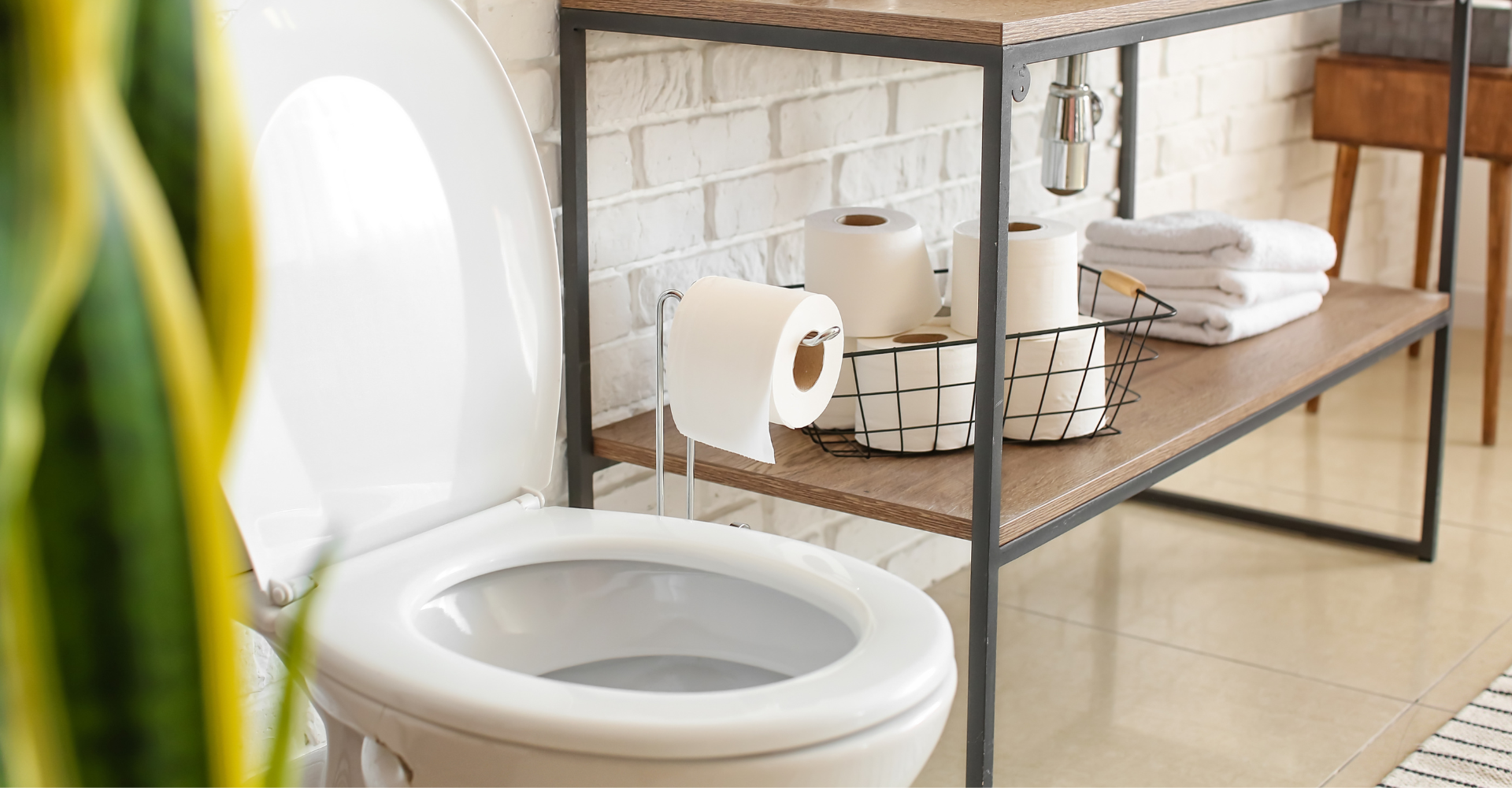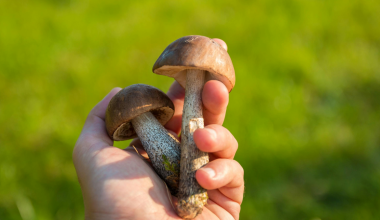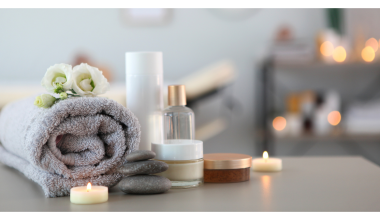Those of you who have spent time in some northern European countries may have run across the “poo shelf” toilet. Many a Canadian have been startled while using this kind of toilet by the sudden realization that their feces are front-and centre, sitting pretty, waiting to be scrutinized by the owner of the poop.
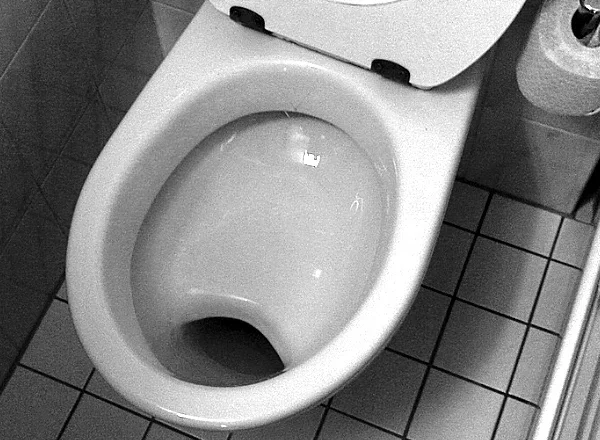
Meanwhile, back in the Great White North, our toilets have been designed to get feces out of eyesight and nose range as soon as possible.
But even if you’re not the type to inspect your poop on the daily, there are a few things you should pay attention to with regards to your feces that are important for your health.
But First, What is Poop?
Feces are generally 75% water and 25% solid matter. About 25-54 per cent of the solid matter consists of dead and living microbes such as bacteria and viruses. In fact, it’s estimated there are nearly 100 billion bacteria per gram of wet stool, half of which are estimated to be alive.
The rest is an often-stinky combination of mucus, fiber, and other cells.

Shape of Poop
The shape of your poop can reveal quite a bit about your health, so doctors figured out a way to codify this data by using what is known as the Bristol Stool Chart. Developed in 1997 by Ken Heaton, MD, at the University of Bristol, the chart helps identify healthy poop and where diet could be altered, or further examination may be warranted.
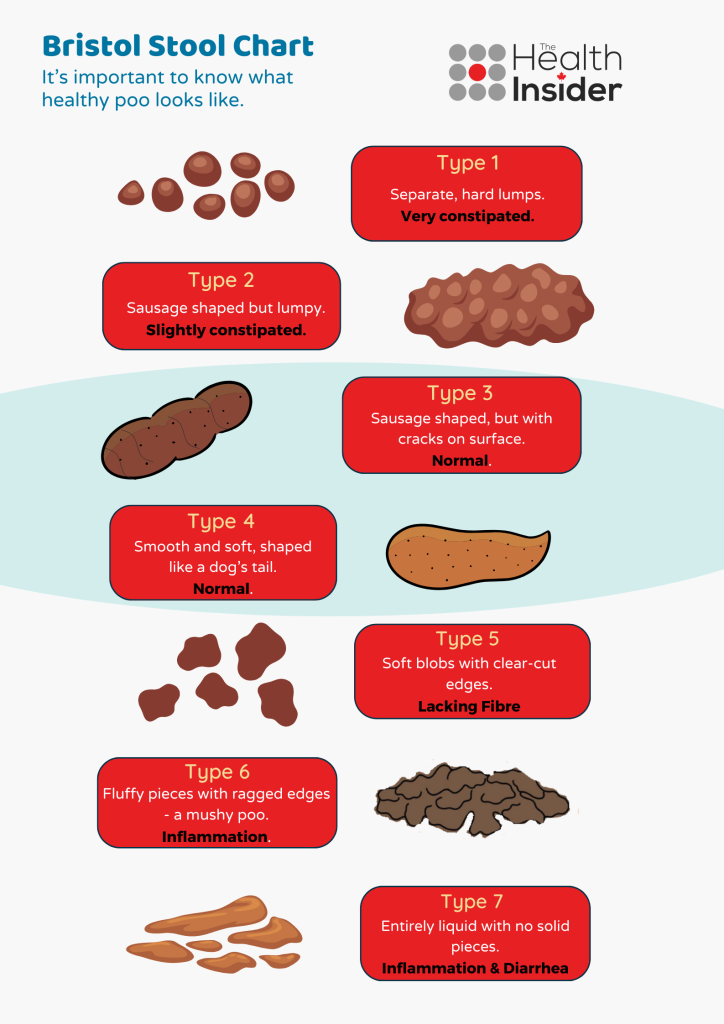
Keep this chart handy (see below for downloadable document) and if need be, create a tracking spreadsheet of your bowel movements to share with your doctor.
Colour
Stool can be a range of colours, anywhere from a variety of brown hues, right up to green. See the chart below for an overview of what the different colours of your stool may indicate.
| Stool Colour/Quality | What It May Mean | Possible Causes | |
| Green | Food may be moving through the large intestine too quickly, such as due to diarrhea. As a result, bile doesn’t have time to break down completely | Green leafy vegetables, green food coloring, such as in flavored drink mixes or ice pops, iron supplements. | |
| Light-colored, white or clay-colored | A lack of bile in stool. This may indicate a bile duct obstruction. | Certain medications, such as large doses of bismuth subsalicylate (Kaopectate, Pepto-Bismol) and other anti-diarrheal drugs. | |
| Yellow, greasy, foul-smelling | Excess fat in the stool, such as due to a malabsorption disorder, for example, celiac disease. | Sometimes the protein gluten, such as in breads and cereals. See a doctor for evaluation. | |
| Black | Bleeding in the upper gastrointestinal tract, such as the stomach. | Iron supplements, bismuth subsalicylate (Kaopectate, Pepto-Bismol), black licorice. | |
| Bright red | Bleeding in the lower intestinal tract, such as the large intestine or rectum, often from hemorrhoids. | Red food coloring, beets, cranberries, tomato juice or soup, red gelatin or drink mixes. | |
If your stool is bright red or black it may mean the presence of blood. Seek prompt medical attention if this is the case.
Frequency, Timing and Odour
An average, healthy adult poops anywhere from one to three times a day. Some people poop less frequently, which is also totally normal however, for adults, doctors define constipation as fewer than three bowel movements per week.
Bowel movements should only take a couple of minutes, but no more than 10 to 15. If you find that you’re spending more time than that on the toilet, speak with your healthcare provider.
Really stinky bowel movements may mean you have contracted the Giardia parasite, or could suggest a more serious condition such as ulcerative colitis, Crohn’s disease, or celiac disease, among others. Don’t delay in consulting your doctor if your poop is very stinky.
Most people don’t want to spend much time thinking about their bowel movements, as let’s face it, it’s all a bit gross. But bowel movements are a crucial part of good health that you may not appreciate until something goes awry.
Make sure you let your healthcare provider know if you have any ongoing issues with your poop. Often, a dietary adjustment can be the ticket to getting back to your regularly scheduled time in the bathroom.
The information provided on TheHealthInsider.ca is for educational purposes only and does not substitute for professional medical advice. TheHealthInsider.ca advises consulting a medical professional or healthcare provider when seeking medical advice, diagnoses, or treatment.

